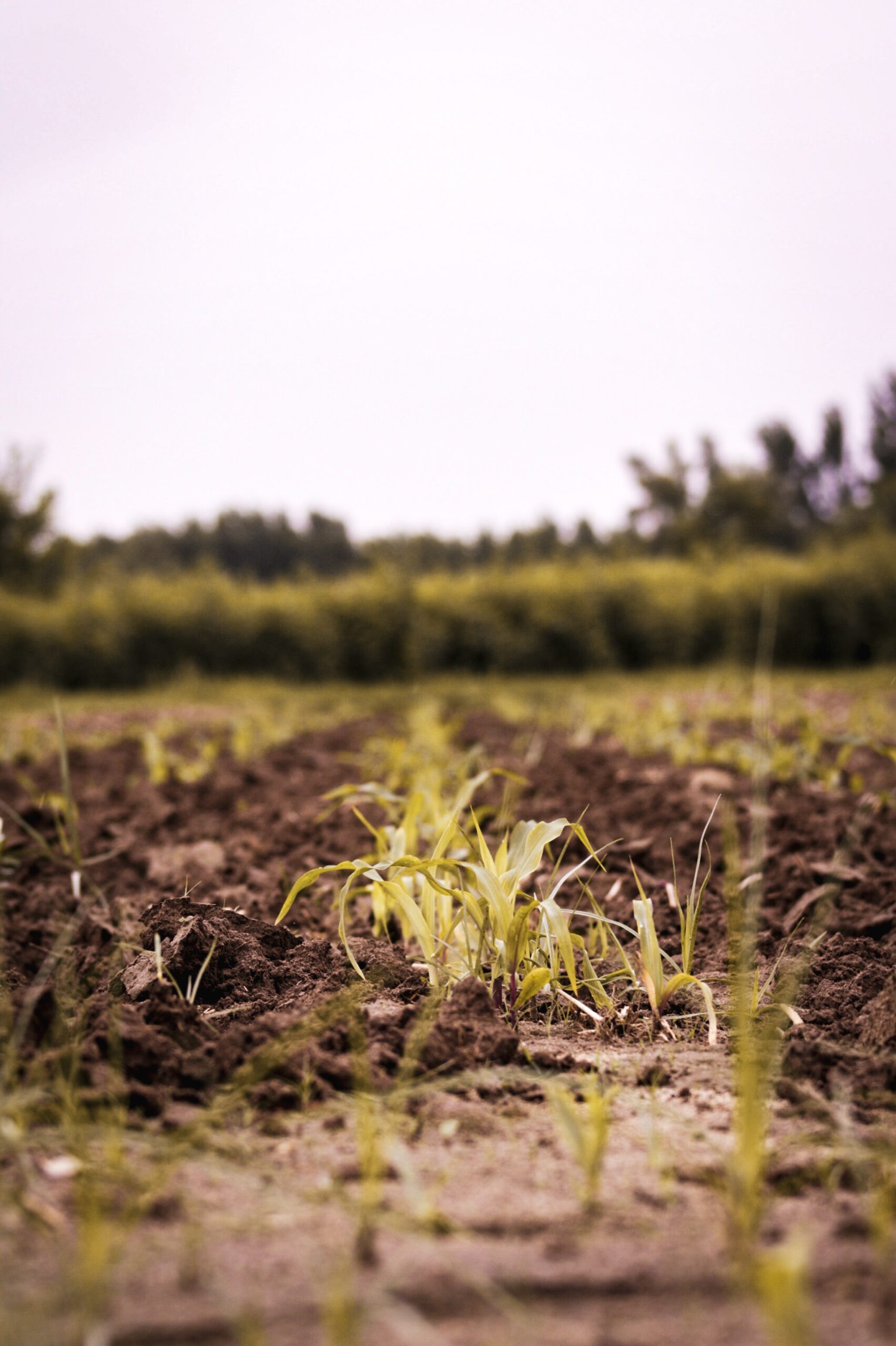Understanding forest resources and their changes are key to national and international environmental and developmental policy processes and are required by many international agreements, including the United Nations Framework Convention on Climate Change (UNFCCC), the Convention on Biological Diversity (CBD), the United Nations Convention to Combat Desertification (UNCCD), the UN Forest Instrument and the Sustainable Developments Goals (SDGs). Consequently, the demand for reliable and up-to-date national forestry data and stronger analytical capacities at a national level has grown considerably in recent years. In response, forums such as the 16th Conference of the Parties (COP16) have asked the UNFCCC to undertake activities to develop robust and transparent national forest monitoring systems for REDD+. Similarly, the 21st Session of the Committee on Forestry (COFO21) recommended further work with member countries to prepare voluntary guidelines on national forest monitoring. The guidelines at hand draw on the rich experiences and lessons learned from FAO member countries and FAO national forest monitoring projects and initiatives, as well as key inputs provided at international workshops and technical meetings and by institutional partners and stakeholders. They are designed to support member countries’ efforts to strengthen their national forest monitoring capacities, increasing their transparency and long-term reliability. They offer ‘good practice’ principles and a general framework, as well as tools for planning and implementing multi-purpose national forest monitoring grounded in nationally appropriate and scientifically sound practices that account for domestic information needs and international reporting requirements.

































































































































































































































































































































































































































































































































































































































































































































































































































































































































































































































